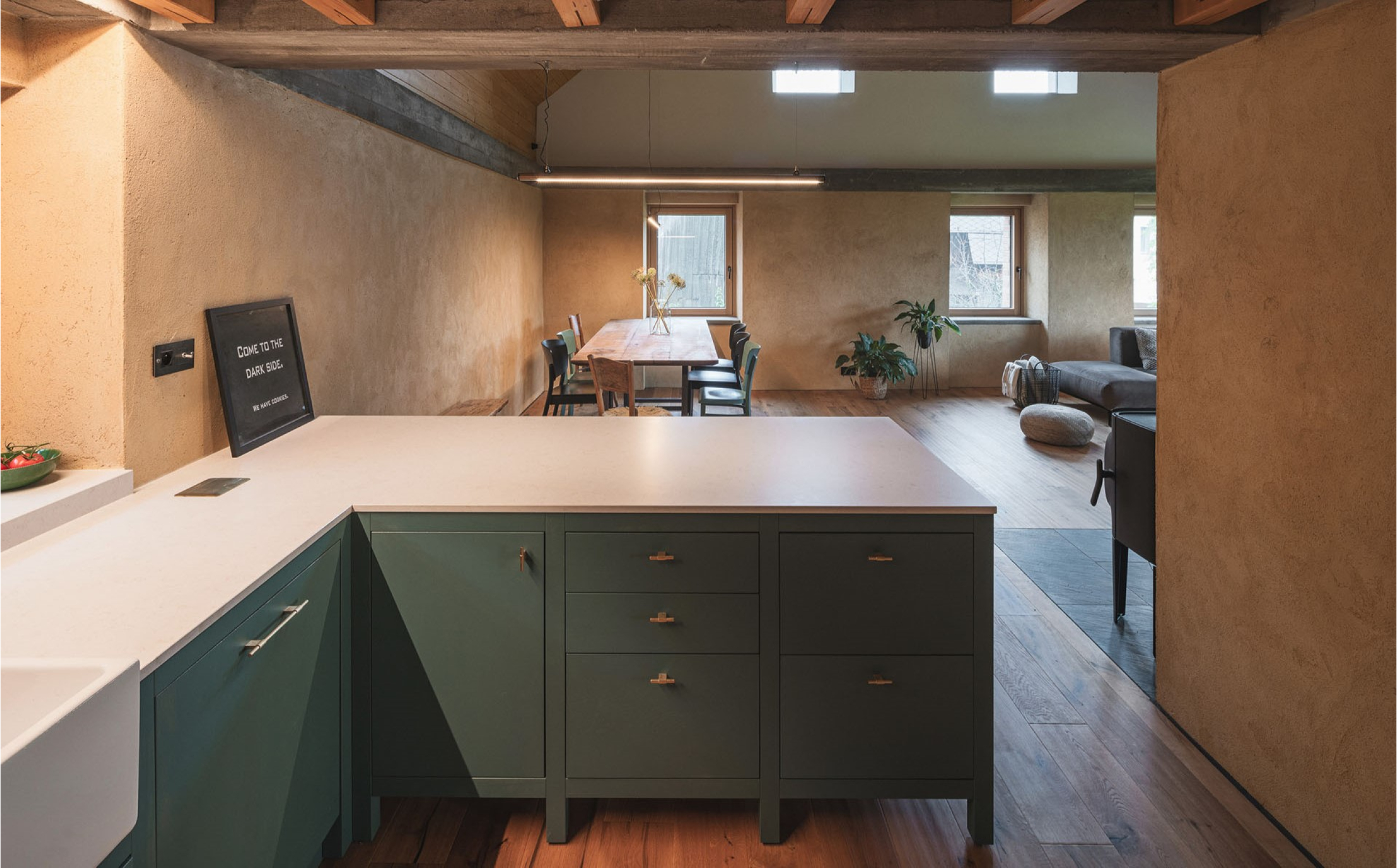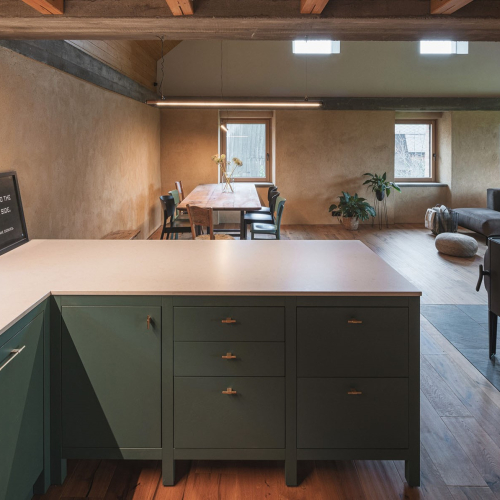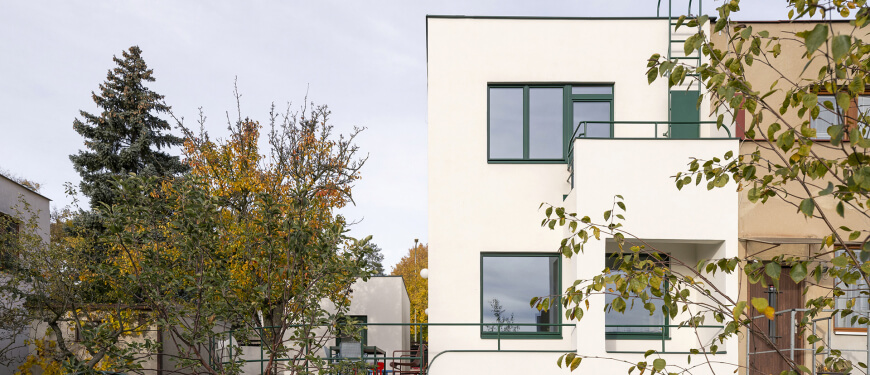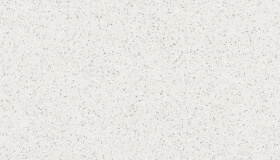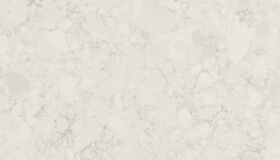This holiday home has nothing to hide and is unabashed about its history. It proudly exposes its original stonework and sand-based interior plastering. Of course, it does admit to having a modern roof truss from the 1990s, an exposed interior concrete bond beam, and various openings in the structure that testify to more or less successful modifications over the years. It also boasts contemporary technology and thoughtful details: a kitchen featuring TechniStone® engineered stone, an ecological barrel for collecting rainfall, and stone elements purchased from architectural salvage yards that fit perfectly into the overall mosaic. The success of the resulting reconstruction is proven by, among other things, the building’s nomination for a prize in the Grand Prix of Architects competition.
Reconstruction of the house, which sits on the edge of a small village and has a beautiful view over the meadows of the Šumava mountains in the Czech Republic, captured the imagination of architects Vojtěch Hybler and David Dvořák of the Prague architectural studio Archport. “We carried on a dialog with the client for six months and clarified exactly what he wanted. From the outset of construction, either I or my colleague visited the job site at least once a week. That may seem like a lot of effort, but it’s how were were able to discover and preserve a number of interesting details and witness the uncovering of some hidden treasures,” says the architect, Dvořák.
The Turning Point of the Project
One of the big “aha” moments that established the nature and direction of the reconstruction project was the use of a sand-based plaster undercoating. “The stones from which the house was constructed are entirely ordinary and were brought in from the surrounding fields. From the exterior they looked just fine, so we decided to leave the walls as is, but that kind of stone didn’t suit the interior. We were looking for a solution when the workers put a sand-based plaster up on the interior walls. Normally that doesn’t look too good by itself, but we liked it — its slight color variations and interesting structure gave off a natural impression. So we decided to leave it up in one layer and put a sealant on it without covering it up with anything else. That plaster was an important inspiration for the rest of the project. We became aware of it simply because we were physically present on the jobsite so often,” says Vojtěch Hybler.
Respecting Past Reconstructions
The authenticity of the house is strengthened by other structural elements and details, including an exposed concrete bond beam added to the interior and various windows whose size and location the architects didn’t change. They restored some openings in the structure that had been bricked up in the past. They also decided to preserve some windows in the roof which really are not typical of such houses, but retain their usefulness in the living space under the roof.
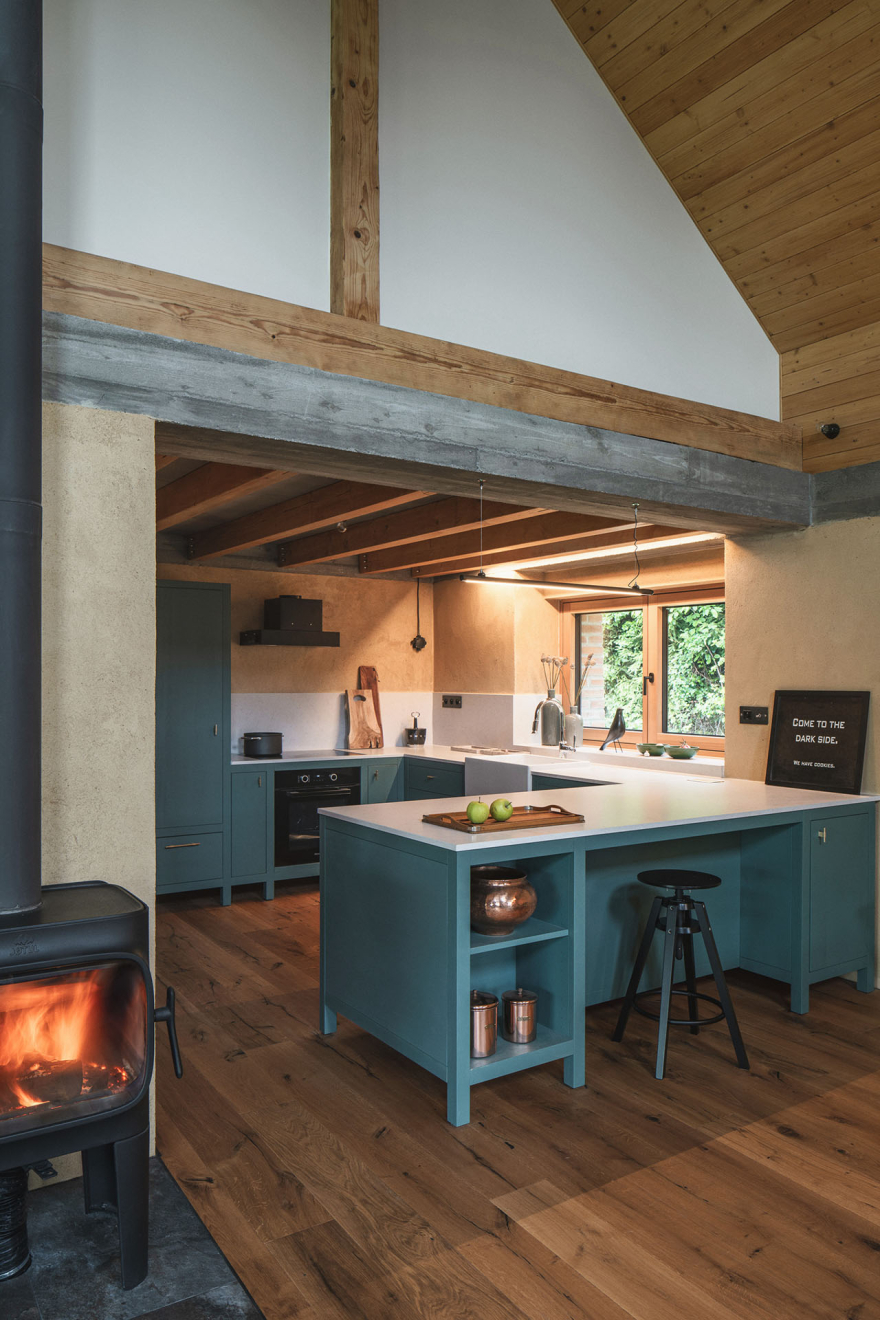
Engineered Stone as a Practical Alternative
An emphasis on practicality played a key role in creating the kitchen area. In a house where stone is the dominant aesthetic element, the architects suggested using it in the kitchen as well. However, that idea was rejected by the investor because of natural stone’s porosity, water absorption, and difficulty of maintenance. He also was concerned about the possibility of damage to the surface caused by intensive daily use. Fortunately, the architects came up with another solution. “We constructed the kitchen countertops and the walls behind them with TechniStone® engineered stone, to which we were introduced by one of our sub-contractors. The durability of the material and its ease of maintenance, as well as the possibility of forming it into thin sheets that in this case have a thickness of just 20 millimeters, convinced us to use it,” explains David Dvořák.
“TechniStone® is a material made with natural raw materials and produced int the Czech Republic, which is certified for contact with food, making its use in the kitchen no problem,” says Anežka Jeřábková, Technistone’s product manager. She adds, “The architect and the investor chose Noble Vintage in a matte finish for this kitchen because they were looking for a subdued pattern and a light color — the kitchen is located in a dark corner of the house and has relatively dark rustic furniture. Noble Vintage is very popular among architects because it combines well and has an attractive but not too obvious texture. It gives a light impression and has a warm, light-beige coloration. In addition, we make the decor in a matte finish.”
Close Cooperation Leads to Exceptional Results
The architects were there for the installation of the TechniStone® elements. "I really have to praise the professional work of the craftsmen I met on this project. Even when the stonemasons were measuring and laying out the kitchen, they showed exceptional skill. If I had to highlight one thing that sticks out in my mind during this project, it would be our collaboration with the craftsmen. I was incredibly lucky with them. Most of the time, when my colleagues and I were thinking out loud about what we would like to see where, they immediately looked for solutions to make our ideas a reality. We all lived and breathed this reconstruction project together. We enjoyed the work immensely and thanks to our meetings on the construction site and our close cooperation, we created some amazing things," concludes Vojtěch Hybler.
www.archport.cz www.technistone.cz


